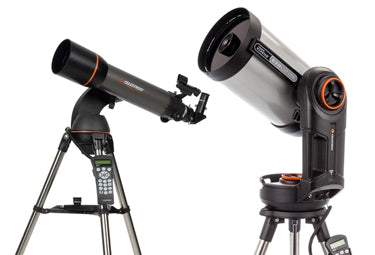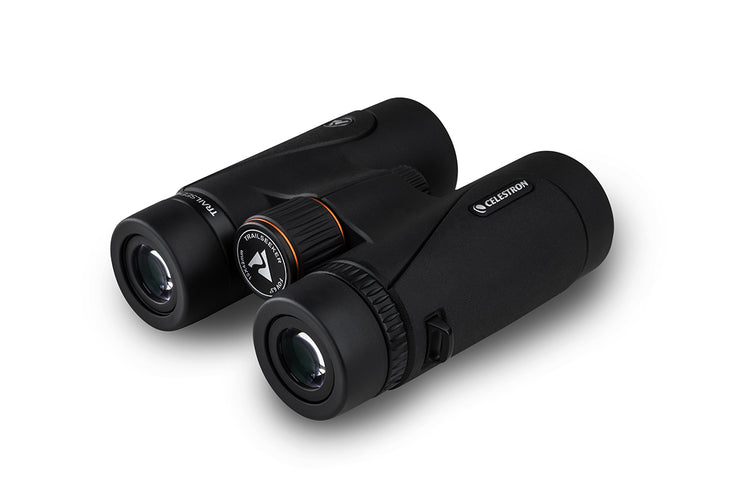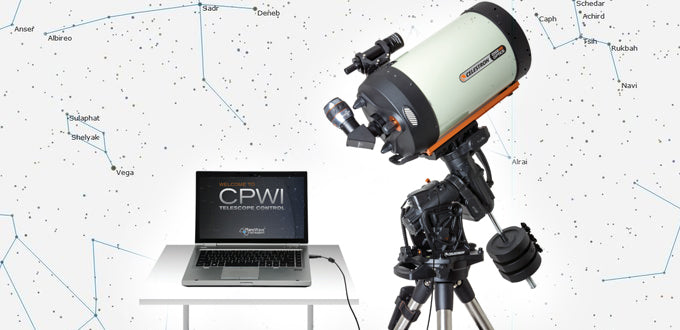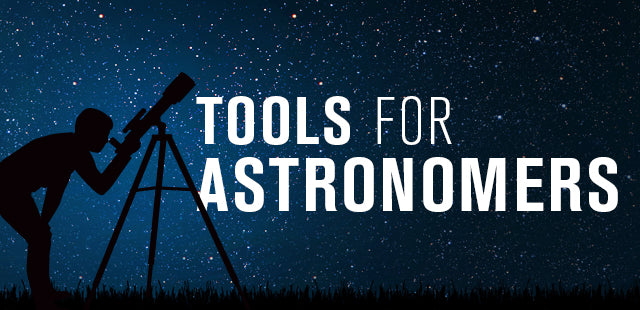Solstices and Equinoxes: What Every Amateur Astronomer Needs to Know
November 18, 2021
 Solstices and equinoxes usher in new seasons throughout the year. Each year, there are two solstices in June and December, which correspond with the Summer and Winter seasons depending on your location. The two equinoxes occur in March and September, signaling the start of Spring or Fall.
Solstices and equinoxes usher in new seasons throughout the year. Each year, there are two solstices in June and December, which correspond with the Summer and Winter seasons depending on your location. The two equinoxes occur in March and September, signaling the start of Spring or Fall.
A solstice occurs when the Sun appears to reach its northernmost (June Solstice) or southernmost (December Solstice) excursion relative to the celestial equator. An equinox occurs when the Sun crosses the celestial equator. On an equinox, day and night are approximately equal in length.

When the Northern Hemisphere experiences a Winter solstice, the Southern Hemisphere experiences a Summer solstice and vice versa.
During the Summer solstice, the days are longer, and the nights are shorter. Summer is the perfect time for terrestrial observation, But shorter nights limit the hours of darkness for astronomy.
On the other hand, during the Winter solstice, the days are shorter, and the nights are longer. Winter offers astronomers ample time for celestial viewing, with the Sun setting early in the afternoon in some places.
Varying Dates
Solstices and equinoxes would occur on the same day every year if the Earth took precisely 365 days to make a complete revolution around the Sun. But since the Earth takes 365.256 days to complete one orbit around the Sun, each solstice and equinox occurs about 6 hours later than the prior year’s.
Therefore, the date of solstices and equinoxes change from year to year. The Gregorian calendar accounts for this by adding an extra day—a leap day every four years. Below are the dates and times of solstices and equinoxes from 2018 to 2022.
|
Year |
March Equinox in |
June Solstice in UTC |
September Equinox in UTC |
December Solstice in UTC |
|
2018 |
March 20, 16:15 |
June 21, 10:07 |
September 23, 01:54 |
December 21, 21:22 |
|
2019 |
March 20, 21:58 |
June 21, 15:54 |
September 23, 07:50 |
December 22, 03:19 |
|
2020 |
March 20, 03:49 |
June 20, 21:43 |
September 22, 13:30 |
December 21, 09:02 |
|
2021 |
March 20, 09:37 |
June 21, 03:32 |
September 22, 19:21 |
December 21, 14:59 |
|
2022 |
March 20, 15:33 |
June 21, 09:13 |
September 23, 01:03 |
December 21, 20:48 |
The Ultimate Guide to Observe the Sky by Season

Our Celestron experts have created observing guides for every season. Choose the one that corresponds with the most recent solstice or equinox in your hemisphere.
|
|
Northern Hemisphere |
Southern Hemisphere |
|
March Equinox |
Ultimate Guide to Observing our Spring Sky (Northern Hemisphere) |
Ultimate Guide to Observing our Fall Sky (Southern Hemisphere) – coming soon |
|
June Solstice |
Ultimate Guide to Observing our Summer Sky (Northern Hemisphere) |
Ultimate Guide to Observing our Winter Sky (Southern Hemisphere) – coming soon |
|
September Equinox |
Ultimate Guide to Observing our Fall Sky (Northern Hemisphere) |
Ultimate Guide to Observing our Spring Sky (Southern Hemisphere) – coming soon |
|
December Solstice |
Ultimate Guide to Observing our Winter Sky (Northern Hemisphere) |
Ultimate Guide to Observing our Summer Sky (Southern Hemisphere) – coming soon |
Ready to learn more? Check out another Knowledgebase article: What is UTC?

























